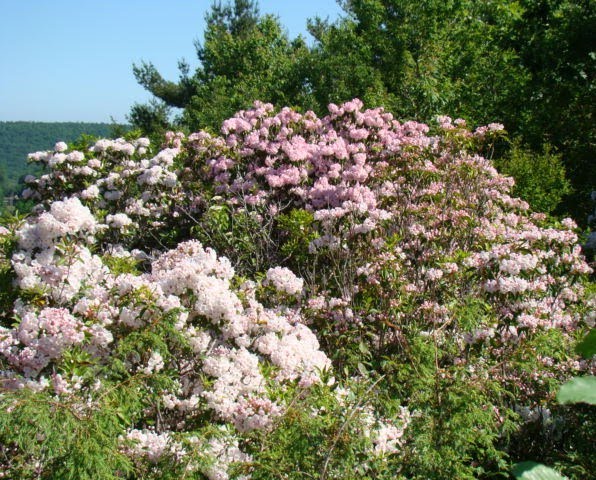
General Information
In the 16th Century, European explorers learned about the medicinal properties for treating scurvy with Eastern Arborvitae foliage from Native Americans. As a result the tree was called arborvitae, meaning “tree of life”. Today, the tree is used widely in the building industry due to its decay resistance. Fencing, log cabins, shingles, boats and canoes are primary commercial uses. Eastern Arborvitae’s essential oils are incorporated in cleaning products and insecticides. In cultivation, the tree is often overused in landscaping plantings for hedges and foundation plants.
The native range of the Eastern Arborvitae extends from southeastern Canada west through Ontario to southeastern Manitoba. It includes central and northern parts of Minnesota eastward all the way to Southern New England, and south through the Appalachian Mountains to eastern Tennessee. Stands of Eastern Arborvitae are important wildlife habitats for white-tailed deer and many bird species across this range.
Plant Habit and Form
The Eastern Arborvitae is pyramidal in shape with a conical crown. Dense, flat, horizontal branches end in fan-shaped sprays of tiny, overlapping, yellowish green scales. When crushed, these scales give off a spicy, aromatic fragrance. Leaves are bright green above and pale green below. The bark is gray to reddish brown, separated into networks of connected ridges and furrows. Eastern Arborvitae grows 40-60 feet tall at maturity, shorter under cultivation (20-30 feet).
Growing Requirements
The Eastern Arborvitae grows in zones 3 to 7. Most often it is found in moist, nutrient-rich soils near streams that are neutral to slightly alkaline. It is also found in swamps or other wet lowland sites where it grows slowly but can reach ages of well over 100 years. One specimen growing in this type of habitat was found in Ontario and dated at over 1,650 years old.
Flowering and Fruiting
The Eastern Arborvitae is a monoecious species with male and female flowers (tiny cone-like bodies) borne on the end of branches. Flowering occurs generally April to May, with pollination in June, and cones ripening August to September. Seed dispersal occurs most frequently in September, occasionally as early as August or as late as October in northern regions. By November, most seeds have been dispersed.
Pests and Diseases
Spider mites, leaf miner, and bagworm are common pests. Winter browsing by deer can be a problem and in some areas snowshoe hares can cause greater damage than deer. Eastern Arborvitae has few serious diseases.
ID Tips
Foliage in flat, horizontal sprays with tiny oblong cones, just 0.3 to 0.5 inches long.

